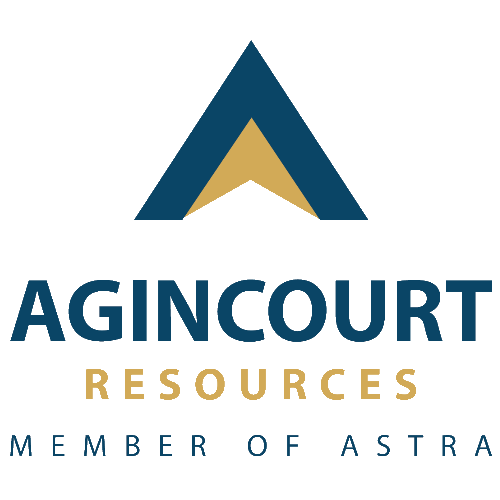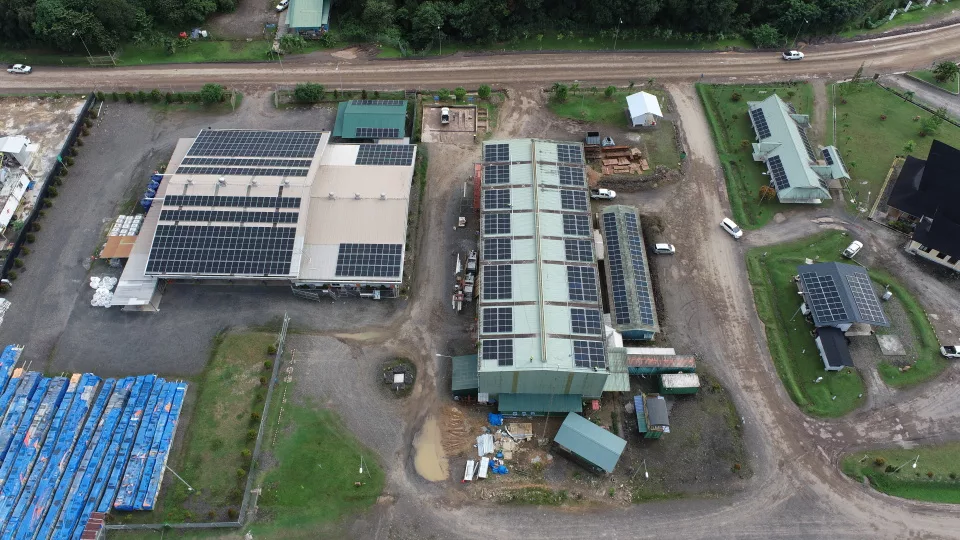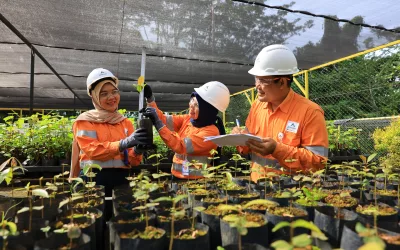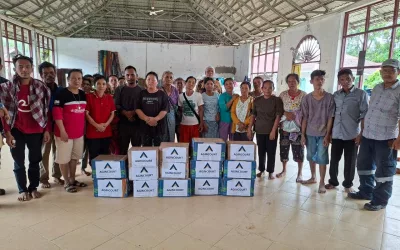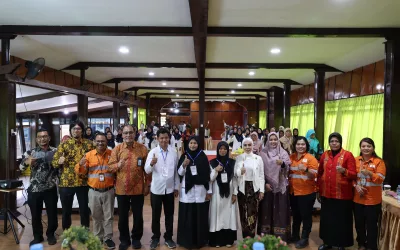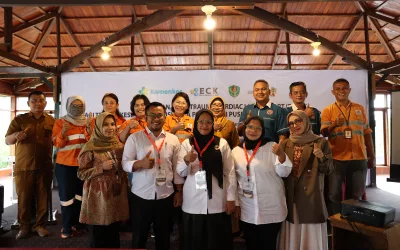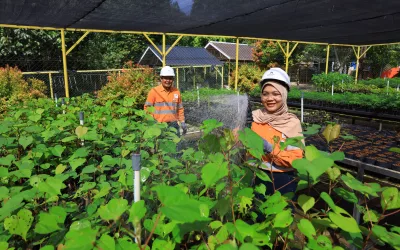Climate change is a global challenge that demands real action from all sectors, including the mining industry. In response, Agincourt Resources is taking an active role in supporting the transition toward a low-carbon future by implementing concrete and measurable emission management strategies at the Martabe Gold Mine.
This commitment goes beyond rhetoric. Since 2022, Agincourt Resources has set an ambitious target to reduce Scope 1 and 2 greenhouse gas (GHG) emissions by 30% compared to the 2019 baseline. For the year 2024, the company set a specific reduction target of 10.75%, equivalent to approximately 150,000 tons of CO₂e. This goal is being pursued through various operational efficiency measures, including the optimization of mining activities and enhancements to the processing plant’s performance.
In addition to efficiency improvements, the use of clean energy plays a central role in the company’s emission reduction strategy. Agincourt Resources operates a rooftop solar photovoltaic (PV) power plant with a capacity of 2.1 MWp. To further support its energy transition, the company has secured 275,000 MWh in Renewable Energy Certificates (RECs) from PLN, contributing to an emission reduction of approximately 59,408 tons of CO₂e.
The decarbonization effort also includes the use of bio-based fuels. Throughout 2024, Agincourt Resources utilized B35 biodiesel, followed by a transition to B40 biodiesel in February 2025, which contains a higher proportion of renewable content and offers a more significant impact on emission reduction.
Emission mitigation at Agincourt Resources extends beyond major sources. The company also conducts strict and standardized monitoring of its emissions. Its reporting system is aligned with international standards, including the Global Reporting Initiative (GRI) and the Intergovernmental Panel on Climate Change (IPCC) 2006 Guidelines, covering emissions from Scope 1, Scope 2, and Scope 3. The company’s total GHG emissions for 2024 are recorded as follows:
– Scope 1 (direct emissions): 34,376 tons of CO₂e
– Scope 2 (electricity from PLN): 110,802 tons of CO₂e
– Scope 3 (supply chain and other indirect activities): 112,297 tons of CO₂e
Beyond GHG emissions, Agincourt Resources also manages non-GHG air emissions such as nitrogen oxides (NOx) and sulfur oxides (SOx) through heavy equipment maintenance and factory emission control in accordance with standards set by the Ministry of Environment (KLH).
Read Also : Sikundur Study: Bioacoustic Technology for Conservation
For Agincourt Resources, emission management is not merely a matter of regulatory compliance—it is embedded in the company’s work culture. Through investment, innovation, and stakeholder engagement, the company’s emission reduction efforts have not only achieved tangible results but have also driven greater operational efficiency and long-term sustainability. These concrete and consistent actions demonstrate that the gold mining industry can be a proactive contributor to global emission reduction and environmental preservation.
